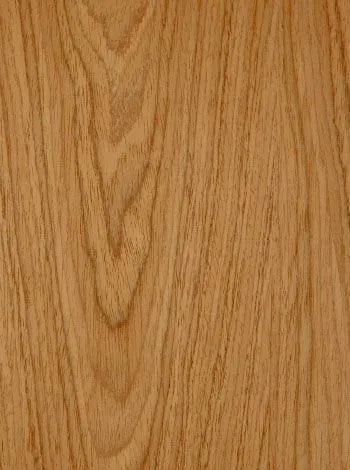| Introduction |
The trade name for the timber of Tectona grandis
(Verbenaceae). The local name for the timber is JATI. Teak is not
indigenous to Malaysia but it has been trial planted in Malaysia with
encouraging results. The sapwood of the timber is yellowish white or
pale yellow-brown and up to 50 mm thick and is distinct from the
heartwood, which is dull yellowish when fresh and turning to golden
brown or dark greyish brown on exposure, often with greyish or dark
coloured streaks. Also known as Teak (Brunei); Maysak (Cambodia); Teak
(India); Jati and Teak (Indonesia); Mai sak, Sak and Teck (Laos); Kyun
and Teak (Myanmar); Mai sak, Sak and Teak (Thailand); and Giati
(Vietnam). |
| Botanical Name |
Tectona grandis. Family: Verbenaceae. |
| Natural Durability |
The heartwood of teak is rated as durable to very
durable depending on the condition of exposure. Stake tests show an
average service life in contact with ground of more than 10 years (5.6
years in Malaysia) under tropical conditions and more than 25 years
under the temperate conditions. The sapwood is susceptible to attack by
powder-post beetles. |
| Uses |
The favourable properties of teak make it suitable for
a wide variety of purposes. The timber has been used for ship decking
and other constructional work in boat building such as furniture and
interior fittings of boats. Being classified as very resistant to teredo
activity, teak is an excellent timber for bridge building and other
construction in contact with water such as docks, quays, piers and
floodgates in fresh water. The timber has also been extensively used for
house construction like interior and exterior joinery (window, solid
panel doors and framing) and is used for floors. Other uses of teak
include musical instruments, toys, carving, laboratory and kitchen
tables, vats and plywood. |
| Texture |
Texture is rather coarse and uneven. Grain is straight, wavy or slightly interlocked. |
| Density |
Teak is a medium weight timber with a density of 610-750 kg/m3 air dry. |
| Shrinkage |
Teak has very low radial shrinkage of 0.7-1.5% and tangential shrinkage of 1.1-2.5% from green to air dry condition. |
| Defect |
- |



